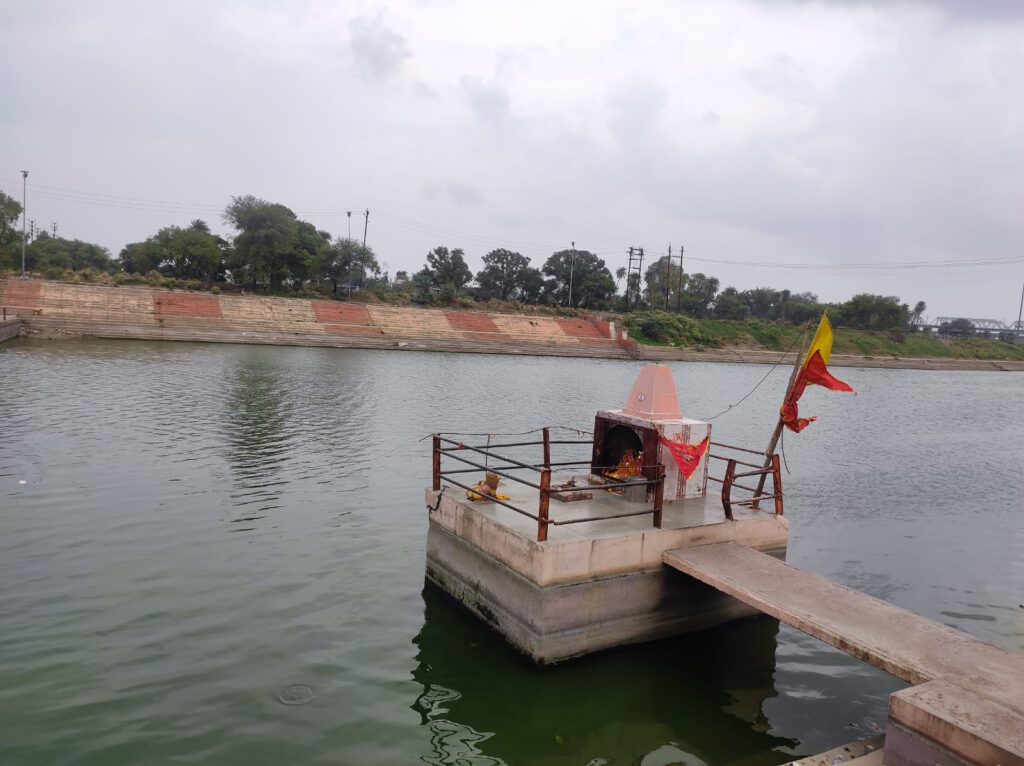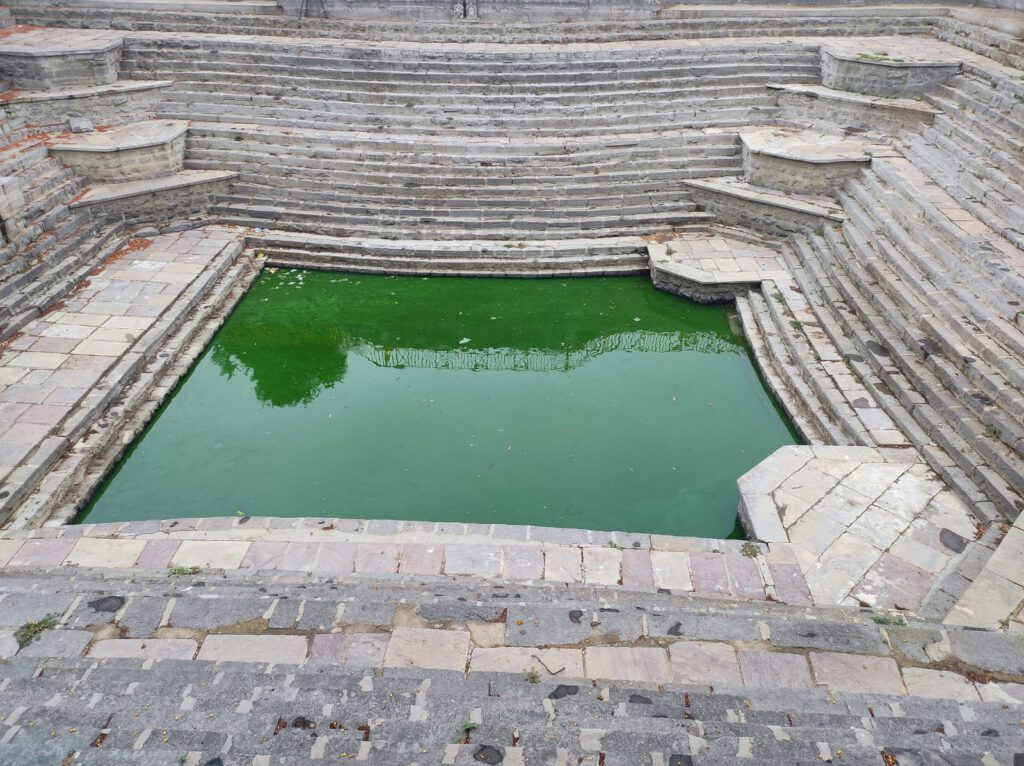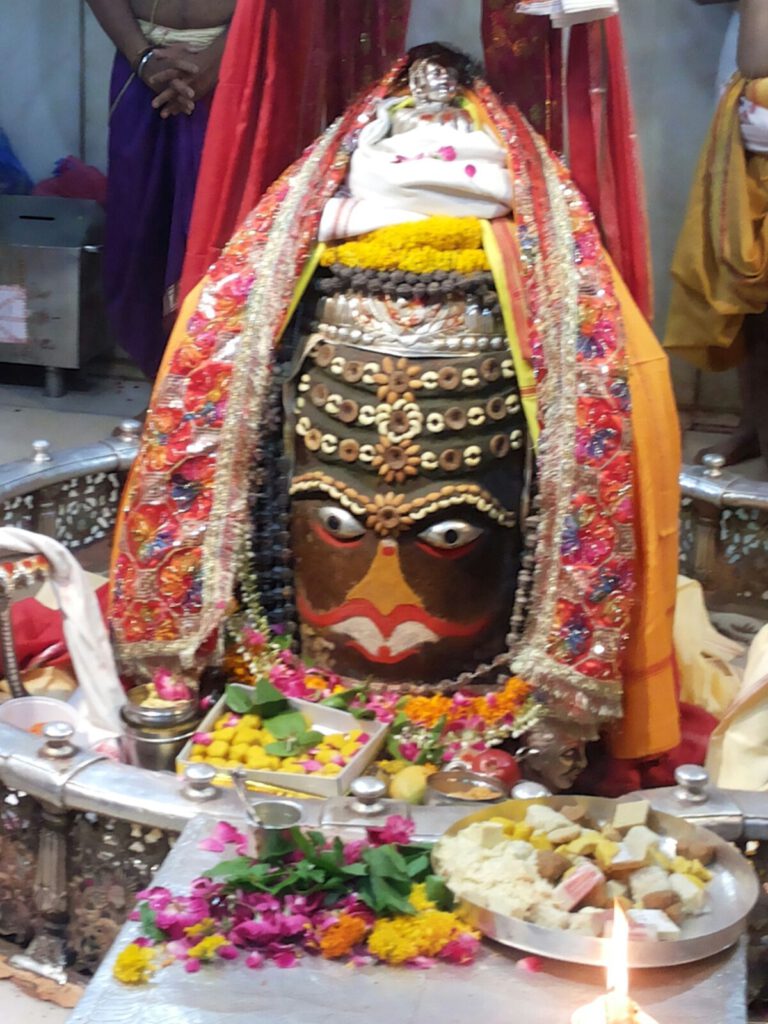Mahakaleshwar- One of the twelve Jyotirlinga shrines devoted to Lord Shiva, Mahakaleshwar Jyotirlinga is revered greatly in Hinduism. Situated in the Indian state of Madhya Pradesh, Mahakaleshwar is highly regarded for its architectural magnificence, historical significance, and holiness. It was once known as the ancient city of Ujjain. An extensive synopsis of the Mahakaleshwar Jyotirlinga is provided below. Hindu mythology connects the story of Mahakaleshwar Jyotirlinga to a monster called Dushana, who haunted the Avanti (Ujjain) people. The city and its people were saved when Lord Shiva, disguised as Mahakal, arrived and defeated the demon in answer to the pleas of the people. Unlike other Jyotirlingas that were created by human hands, the Jyotirlinga of Mahakal is thought to be a Swayambhu (self-manifested) lingam.
Rituals and Festivals
The temple is well-known for its distinctive Bhasma Aarti, a daily rite in which the lingam is covered in cremation ash. Early morning performance of this rite, which is regarded as extremely auspicious, draws a sizable number of believers. In addition to regular activities, the temple is a hive of activity on significant Hindu holidays, such as Mahashivaratri, when tens of thousands of devotees assemble to honor Lord Shiva.
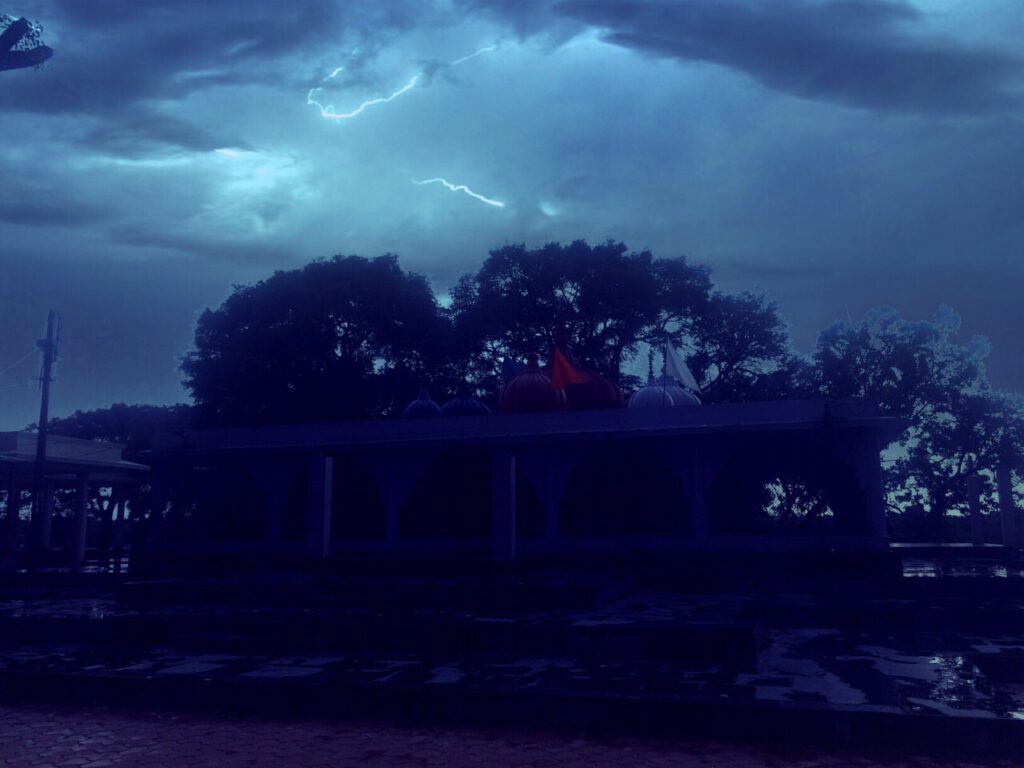
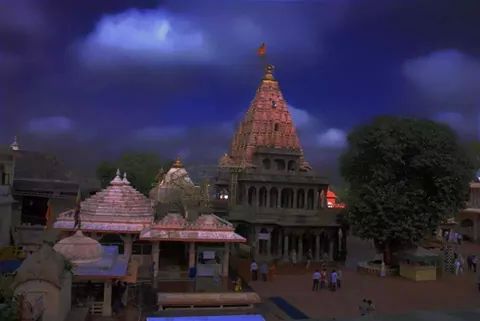
A great cultural and spiritual experience can be had by traveling to Mahakaleshwar in Ujjain. At the Mahakaleshwar temple complex and its environs, consider visiting these important locations:
Harsiddhi Temple: This important pilgrimage site in Ujjain is situated next to the Mahakaleshwar Temple. This temple, which honors Goddess Harsiddhi, draws worshippers looking for blessings for wealth and wish fulfillment.
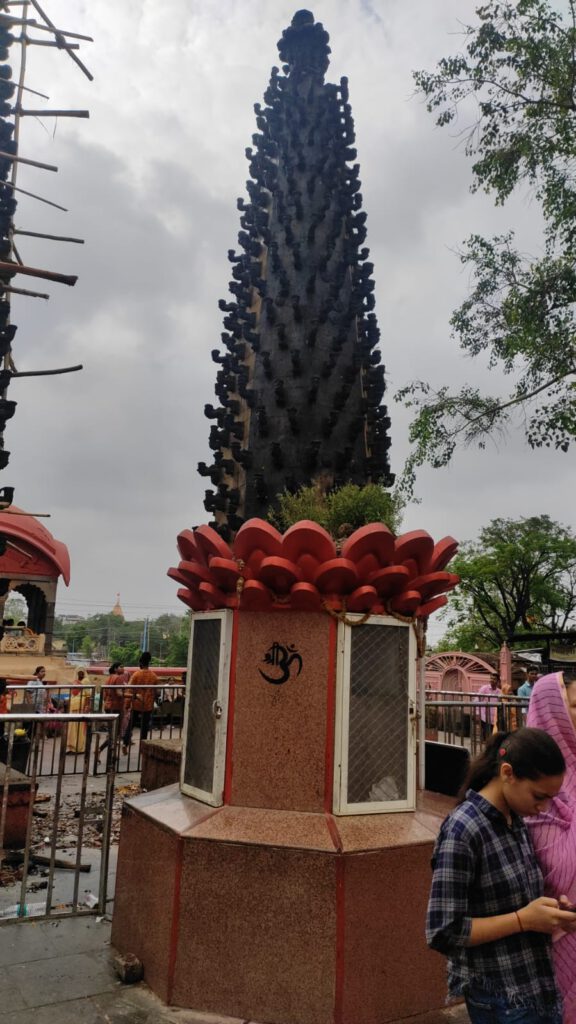
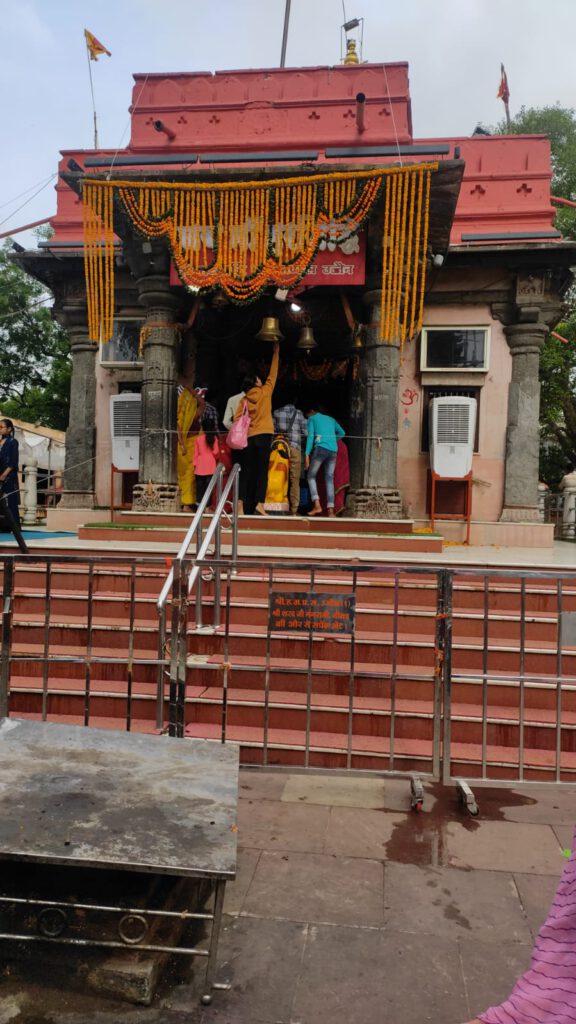
Kal Bhairav Temple: Adjacent to the Mahakaleshwar temple, this temple honors Lord Bhairav, a violent incarnation of Lord Shiva. It’s thought that a trip to Mahakaleshwar wouldn’t be complete without visiting the Kal Bhairav Temple and saying prayers.
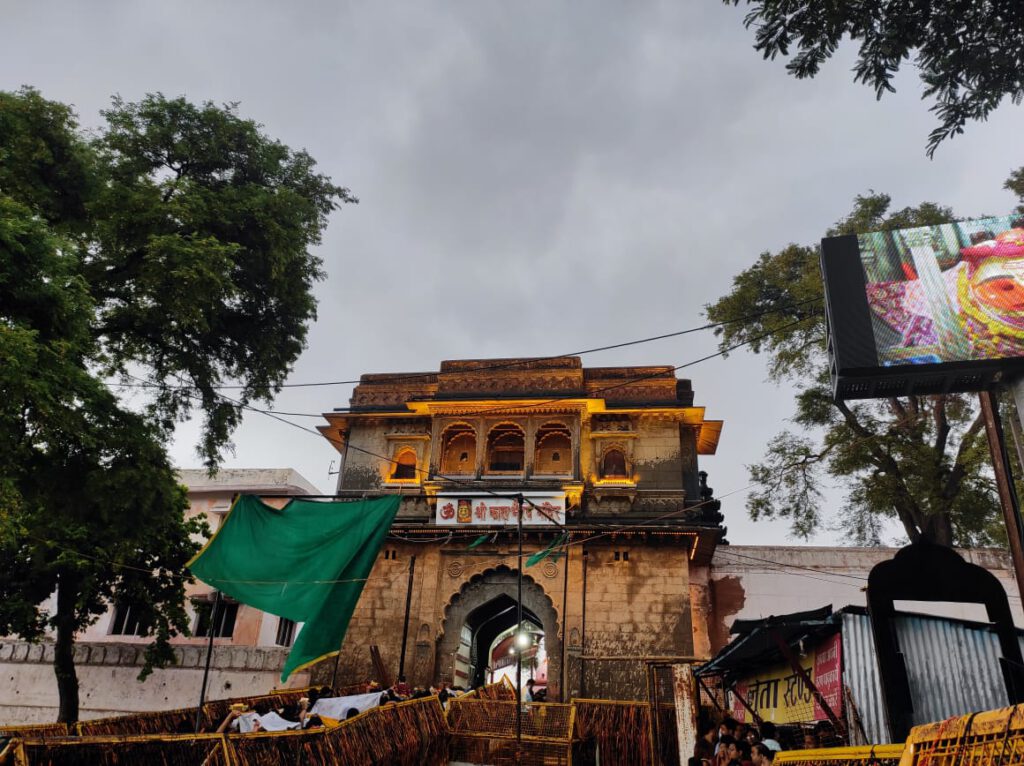
Ram Ghat: Among the ghats beside the Kshipra River, Ram Ghat is a well-liked location for rituals and sacred bathing. It also provides a lovely view of the surrounding temples and the river.
Bhasma Aarti: It is an absolute must to see the Bhasma Aarti, in which the lingam is covered in holy ash from funeral pyres. Every day in the wee hours of the morning, a great number of devotees attend the ceremony.
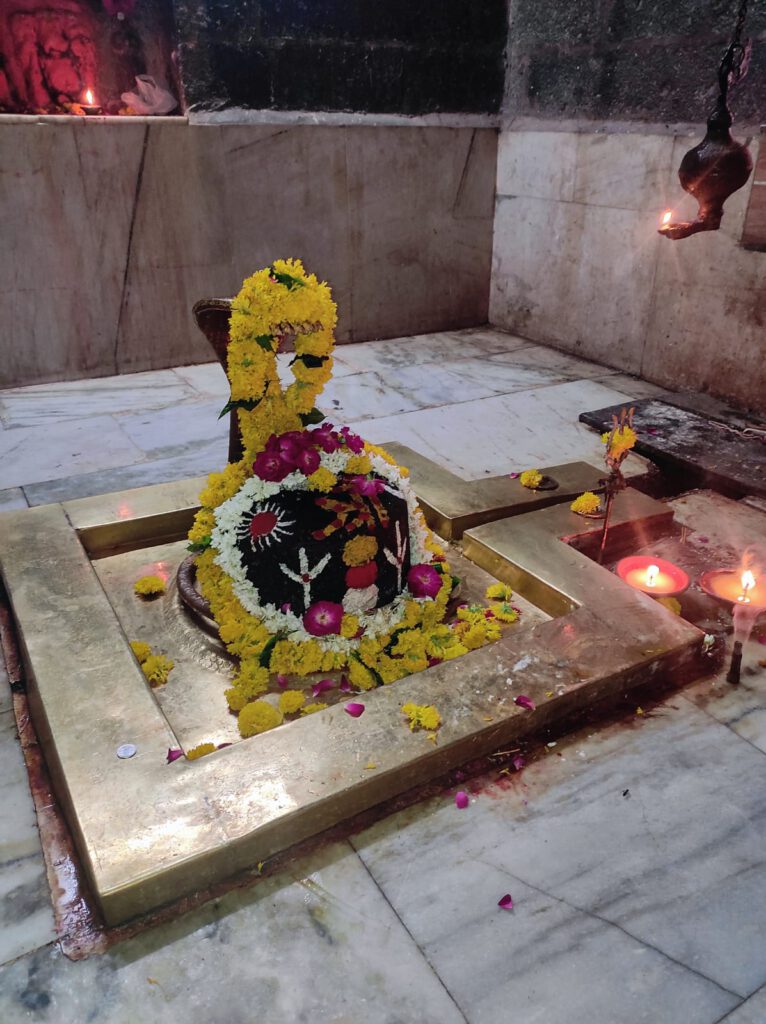
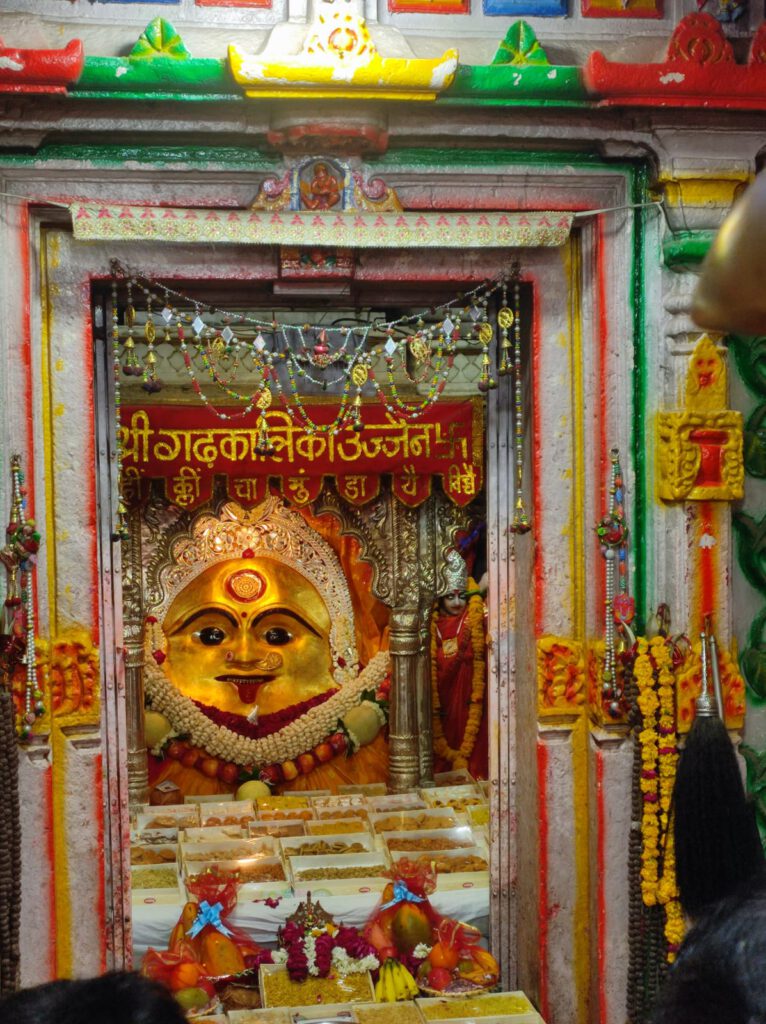
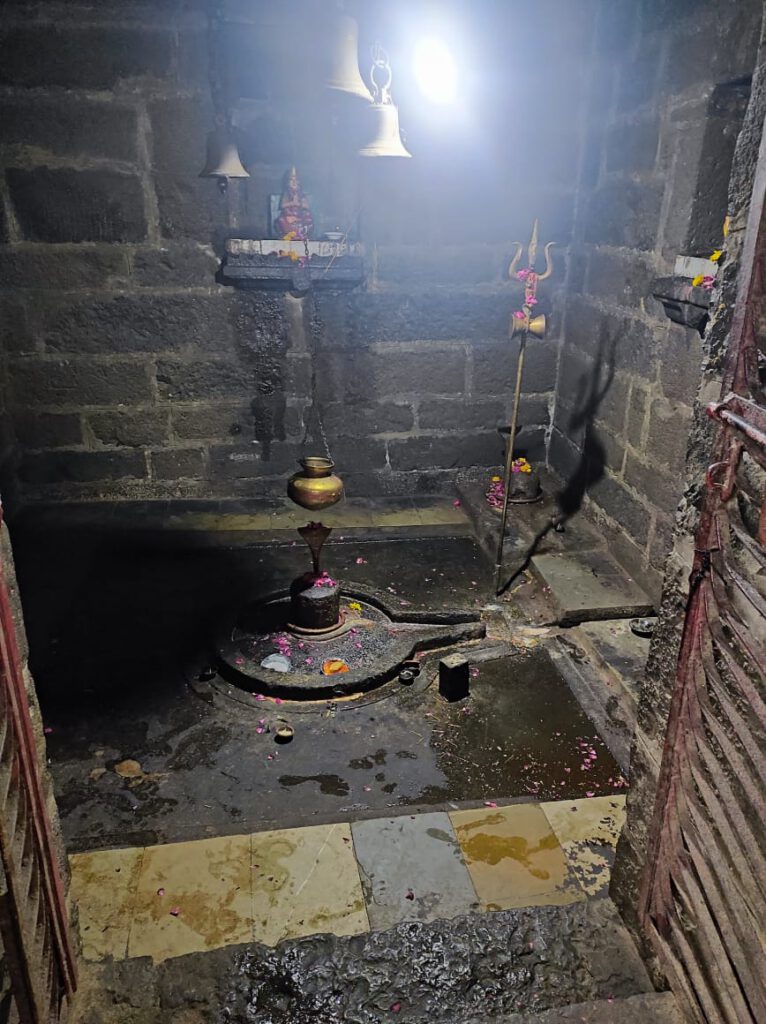
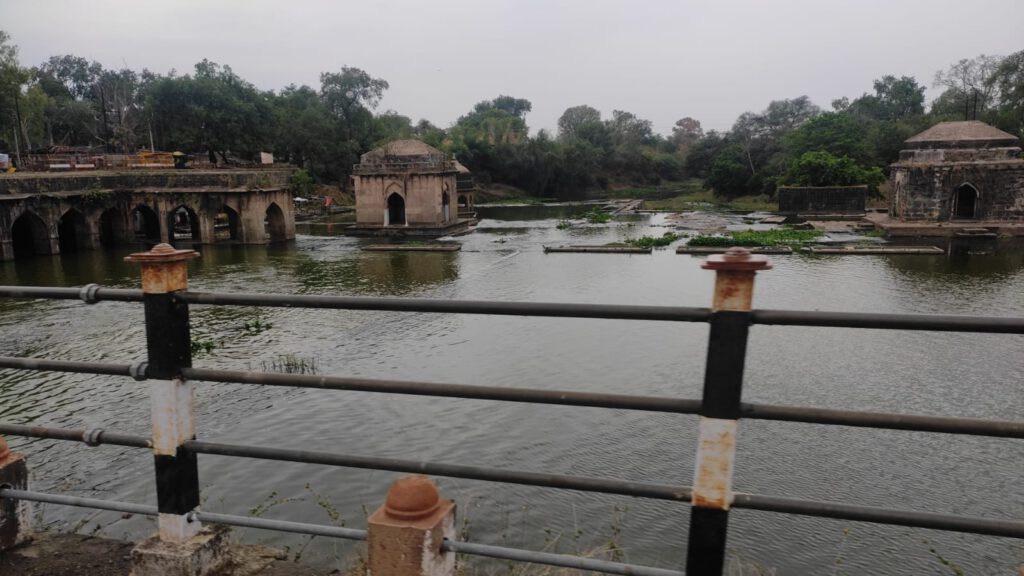
Vikram Kirti Mandir Museum- The Vikram Kirti Mandir Museum honors the rich cultural and historical legacy of Ujjain and its environs. You can discover a lot about the history of the city there.
Sandipani Ashram- Hindu mythology states that Lord Krishna and Sudama obtained their education at Sandipani Ashram. Devotees visit it because of its religious importance.
Jantar Mantar- One of Maharaja Jai Singh II’s five astronomical observatories is located in Ujjain. For those who are interested in astronomy and ancient Indian science, this is a fascinating website.
Chintaman Ganesh Temple- Legend has it that this historic temple honoring Lord Ganesh will fulfill desires and eliminate impediments.
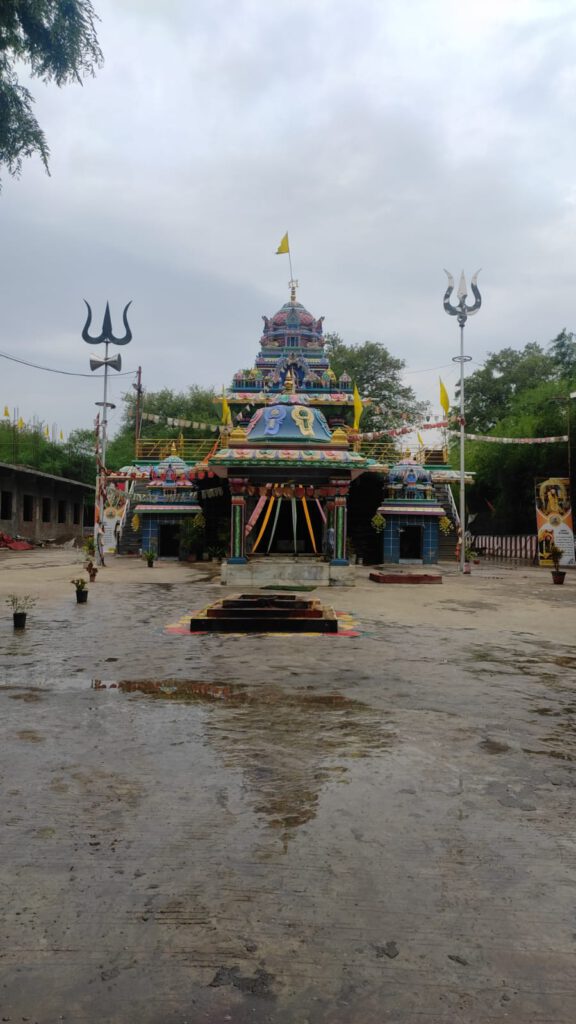
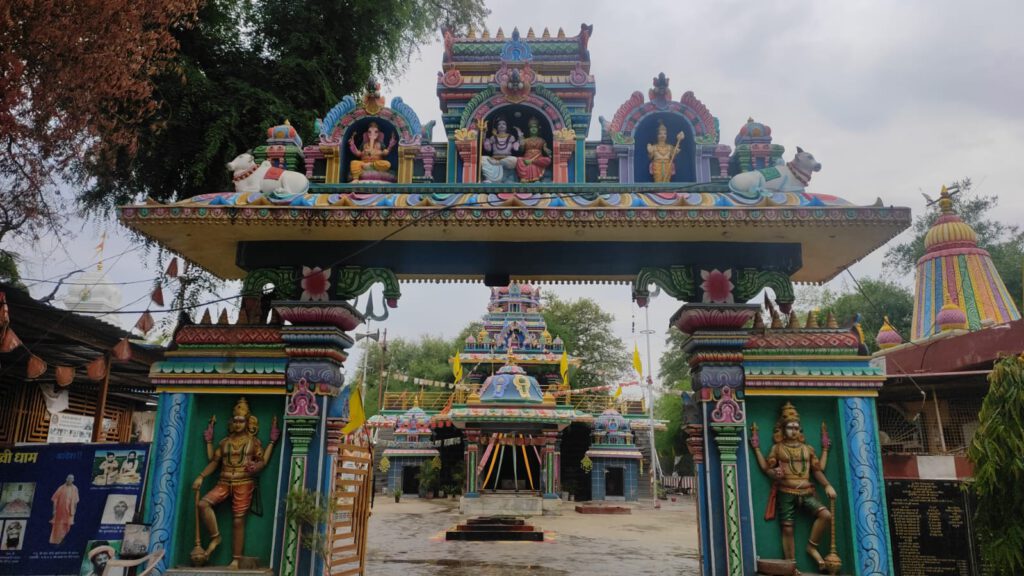
Food to Try:😊😋🥗🍛
Ujjaini Poha: A popular Indian breakfast meal consisting of flattened rice that is occasionally spiced with vegetables like potatoes or peas as well as spices and peanuts.
Kachori: Spicy lentil or potato stuffing filled into savory fried pastries that are typically eaten for breakfast or as a snack.
Daal Bafla: Popular in the area, daal bafla is a baked wheat dough dish that is served with ghee and a spicy lentil sauce called daal.
Sabudana Khichdi: Sabudana Khichdi is a traditional fasting food in Ujjain. It is made with soaking tapioca pearls (sago), peanuts, potatoes, and spices.
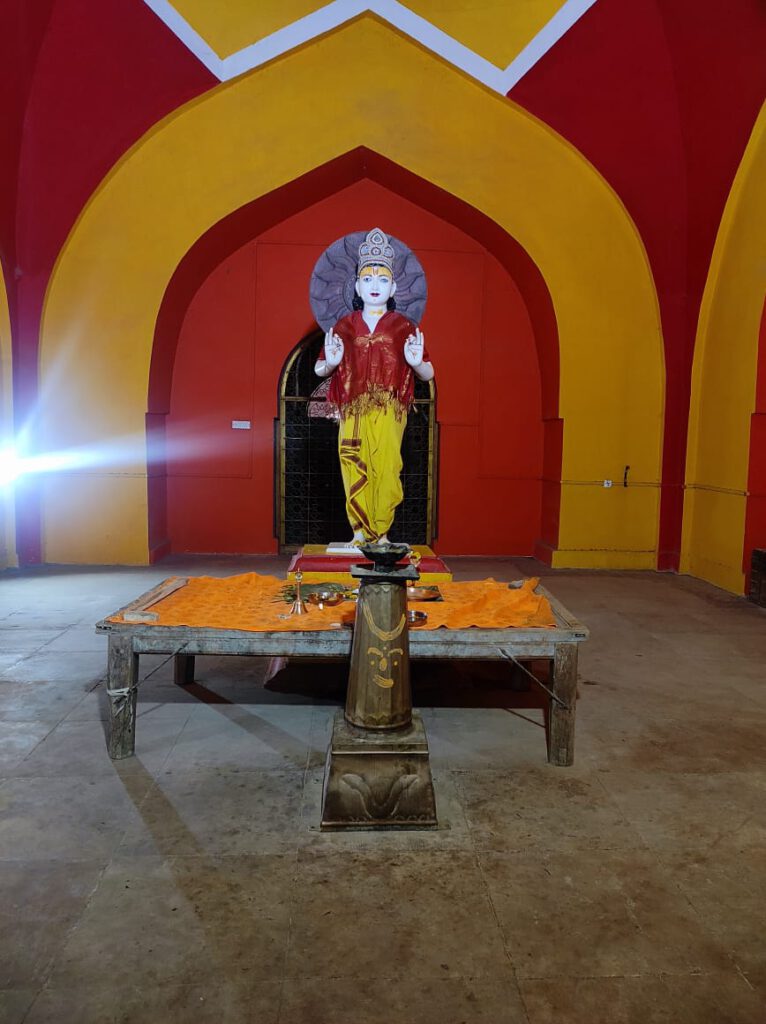
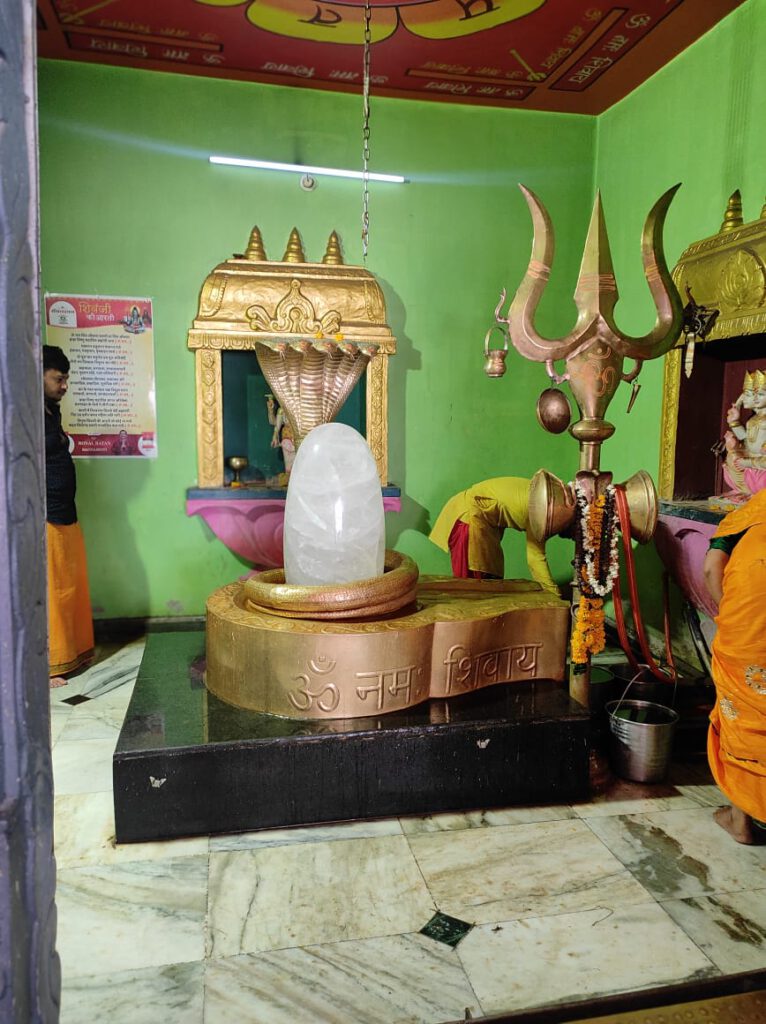
The time of year that suits you and the kind of experience you are looking for determine when is the best to visit Ujjain. Below is a summary of the many seasons and when they are best to visit Ujjain:
Best Time to See Sights:
Winter (October to February). Wintertime is the best time of year to visit the city’s attractions because of the nice, comfortable weather.
Celebrations: This period is filled with Hindu holidays that provide a lively cultural experience, such as Diwali and Kartik Purnima.
Temple Visits: Enjoyable without the discomfort of intense heat, weather like this makes visiting temples like Mahakaleshwar and Harishinghi possible.
Spring (March to April): Pleasant Weather: Ujjain’s springtime offers pleasant weather, which is ideal for outdoor pursuits and sightseeing.
Mahashivaratri: Usually falling around this time, Mahashivaratri is one of the most important festivals for followers of Lord Shiva and draws a lot of pilgrims.
Monsoon (July to September):
Rainy Season: During the monsoon months, Ujjain receives moderate to heavy rainfall. Although rain can lower the temperature, it may have an impact on tourism and outdoor activities.
Festivals: During the monsoon season, cities celebrate festivals like Teej and Janmashtami, which give them a joyful atmosphere.
Vegetation: The monsoon season enhances Ujjain’s natural beauty by bringing a profusion of vegetation to the surrounding area.
Overall Recommendations:
Avoid Extreme Weather: It’s better to stay away from the peak summer months (May and June) and choose spring or winter if you’re not a fan of extremely high or low temperatures.
Examine Festival Dates: Make travel arrangements in accordance with the festival calendar if you want to take part in Ujjain’s colorful festivities.
Temple Timing: Try to visit temples early in the morning or late at night to avoid crowds and the hottest part of the day, regardless of the season.
